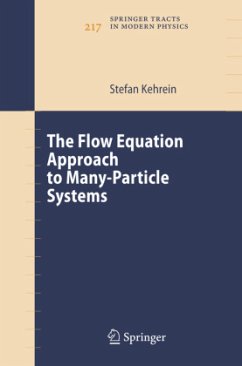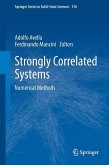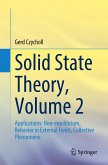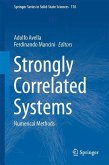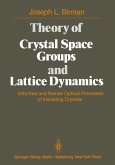Overthepastdecade,the?owequationmethodhasdevelopedintoanewv- satile theoretical approach to quantum many-body physics. Its basic concept was conceived independently by Wegner [1] and by G lazek and Wilson [2, 3]: the derivation of a unitary ?ow that makes a many-particle Hamiltonian - creasingly energy-diagonal. This concept can be seen as a generalization of theconventionalscalingapproachesinmany-bodyphysics,wheresomeult- violet energy scale is lowered down to the experimentally relevant low-energy scale [4]. The main di?erence between the conventional scaling approach and the ?ow equation approach can then be traced back to the fact that the ?ow equation approach retains all degrees of freedom, i. e. the full Hilbert space, while the conventional scaling approach focusses on some low-energy subspace. One useful feature of the ?ow equation approach is therefore that it allows the calculation of dynamical quantities on all energy scales in one uni?ed framework. Since its introduction, a substantial body of work using the ?ow eq- tion approach has accumulated. It was used to study a number of very d- ferent quantum many-body problems from dissipative quantum systems to correlated electron physics. Recently, it also became apparent that the ?ow equation approach is very suitable for studying quantum many-body n- equilibrium problems, which form one of the current frontiers of modern theoretical physics. Therefore the time seems ready to compile the research literature on ?ow equations in a consistent and accessible way, which was my goal in writing this book.
From the reviews: "The book exposes the flow equation approach to many-particle systems ... . The book is well written, in a pedagogical manner. It works out in detail exactly solvable models, like the potential scattering and the resonant level models, to develop the ideas and concepts, and then proceeds to their application to those nontrivial problems, making comparisons to other approaches and pointing out the advantages of this method. It contains many up-to-date references. The book can be used in a graduate course on many-particle systems." (Vitor R. Vieira, Mathematical Reviews, Issue 2012 d)

